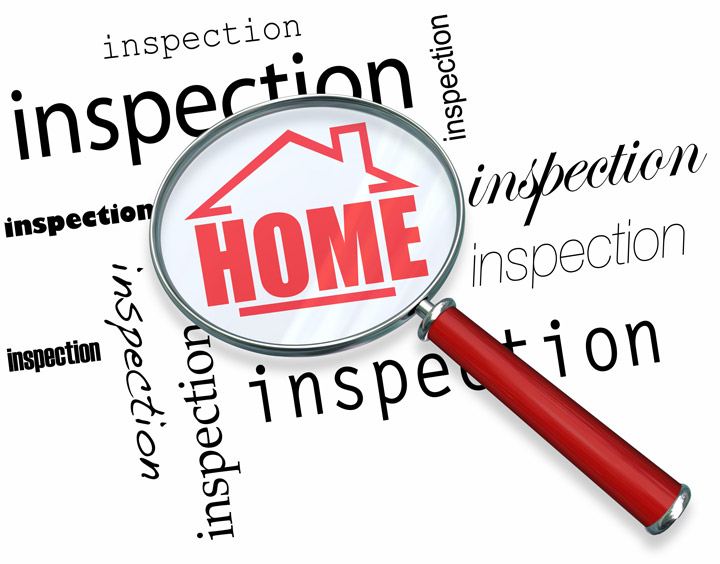
What Goes Into an Appraisal?Getting real estate is the largest financial decision some of us may ever encounter. It doesn't matter if a main residence, an additional vacation home or an investment, the purchase of real property is a complex financial transaction that requires multiple parties to make it all happen. Most of the people participating are very familiar. The real estate agent is the most known person in the exchange. Next, the bank provides the money required to finance the deal. The title company sees to it that all requirements of the sale are completed and that the title is clear to transfer to the buyer from the seller. So, who's responsible for making sure the property is worth the amount being paid? This is where you meet the appraiser. We provide an unbiased estimate of what a buyer might expect to pay — or a seller receive — for a parcel of real estate, where both buyer and seller are informed parties. A licensed, certified, professional appraiser from Thomas Gootherts will ensure, you as an interested party, are informed. Appraisals start with the home inspectionOur first duty at Thomas Gootherts is to inspect the property to determine its true status. We must see features hands on, such as the number of bedrooms and bathrooms, the location, and so on, to ensure they truly are there and are in the shape a reasonable buyer would expect them to be. The inspection often includes a sketch of the house, ensuring the square footage is proper and illustrating the layout of the property. Most importantly, the appraiser identifies any obvious features - or defects - that would have an impact on the value of the house. After the inspection, an appraiser uses two or three approaches to determining the value of real property: a paired sales analysis, a replacement cost calculation, and an income approach when rental properties are prevalent. 
Cost ApproachThis is where the appraiser uses information on local construction costs, labor rates and other elements to ascertain how much it would cost to replace the property being appraised. This estimate commonly sets the maximum on what a property would sell for. It's also the least used method. 
Paired Sales AnalysisAppraisers can tell you a lot about the subdivisions in which they work. They innately understand the value of particular features to the residents of that area. Then, the appraiser looks up recent transactions in the area and finds properties which are 'comparable' to the home being appraised. By assigning a dollar value to certain items such as fireplaces, room layout, appliance upgrades, extra bathrooms or bedrooms, or quality of construction, we add or subtract from each comparable's sales price so that they are more accurately in line with the features of subject.
In the end, the appraiser reconciles the adjusted sales prices of all the comps and then derives an opinion of what the subject could sell for. At Thomas Gootherts, we are experts in knowing the value of particular items in Ukiah and Mendocino County neighborhoods. The sales comparison approach to value is commonly given the most consideration when an appraisal is for a home sale. Valuation Using the Income ApproachIn the case of income producing properties - rental houses for example - we may use an additional method of valuing a property. In this situation, the amount of income the real estate produces is factored in with other rents in the area for comparable properties to determine the current value. The Bottom LineExamining the data from all approaches, the appraiser is then ready to put down an estimated market value for the property in question. It is important to note that while the appraised value is probably the most accurate indication of what a house is worth, it may not be the price at which the property closes. Depending on the specific situations of the buyer or seller, their level of urgency or a buyer's desire for that exact property, the closing price of a home can always be driven up or down.But the appraised value is typically used as a guideline for lenders who don't want to loan a buyer more money than the property is actually worth. It all comes down to this, an appraiser from Thomas Gootherts will guarantee you attain the most accurate property value, so you can make profitable real estate decisions. |